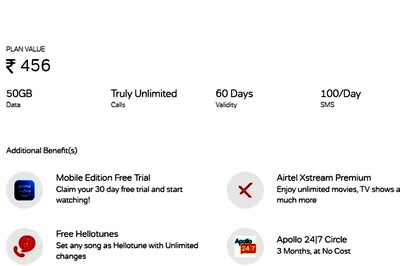
views
Setting target is the easiest job in the world. Our Expert Kartik Jhaveri helps RS Bhopal with his target and a plan of action.
I AM 45 years old. I have two daughters; one studying in class 12 and the other in class 8. Here is our income and investment profile:
My income: Rs 6 lakh per annum
Wife's income: Variable income of Rs 1 to 2 lakh per annum
Here is my asset allocation:
PPF: 15 per cent
Kisan Vikas Patra (KVP): 20 per cent
Shares: 15 per cent
Diversified mutual fund: 40 per cent
Bonds and cash:10 per cent
Please guide me on how I can improve my investments?
-- RS Bhopal
You have 55 per cent of your investments into higher return generating assets, that is stocks and mutual funds while the other 45 per cent is into fixed return generating assets including cash component. There is nothing wrong with your strategy, and you are on the right track.
However, your focus should be on your financial objectives. Your choice of investments and return on investments depends on your financial objectives. So, in my opinion, you need to essentially follow these steps to ensure complete financial success:
Step 1: Understand your budget
Identify what your financial goals are. You may want to buy a house or a car or save for your child's education or your own retirement. Calculate how much you would need to achieve these goals. Say your goal is to save for your child's education, which is 12 years from now. Also say that, as of today, the cost would be Rs 5 lakh for higher studies in a good college in India. Use this inflation calculator to find out how much Rs 5 lakh will be 12 years from now.
Step 2: Choose how much to invest
The next obvious thing to do is to calculate how much you need to save every year so that you can achieve your goals. Use this compounding tool to calculate how much you should start saving.
Step 3: Identify returns that you need to generate
Now while you calculate how much you need to invest, you would also need to know how much returns your investments can fetch. A higher return means a lower amount to be invested and a lower return means a higher amount to be invested. This also means that a higher return would carry higher risk.
PAGE_BREAK
Step 4: Where to invest
Check out your risk profile. If you have a low risk profile, you can invest in debt products like bank deposits which can fetch 8-10 per cent per annum. If you have a high risk profile, equity is the way to go with an expected return of 15-18 per cent over a long term period of 7-10 years. If you are a medium risk taker, choose a mix of both that can generate 10-12 per cent returns per annum.
Step 5: Review
If your expected rate of return does not deliver the amount that you want, then its time to review. You would either need to postpone your goals or invest more today or lower your budget.
Illustration
For instance, let's say you want to plan for your daughter's wedding, which is say 11 years away. Further let us assume you would need approximately Rs 5 lakh now to start with.
Taking a higher rate of inflation of say 8 per cent into account, you'd require approximately Rs 11.65 lakh at the end of 11 years.
How do we get Rs 12 lakh?
You could invest Rs 5,500 per month for 8 per cent rate of return. If you continue investing this amount for the next 11 years, you'll achieve Rs 11.65 lakh at the end of the term. This is a good plan to achieve your financial objective.
Invest in equities
However, if you can't spare Rs 5,500 per month from your monthly budget then consider increasing your rate of return. Increase your investment allocation in equities or real estate which will give you more rate of return.
Invest in Debt
You can afford to invest more than Rs 5,500 per month, you can afford to be in safer instruments like Public Provident Fund, bonds etc.
This should be the deciding factor of making your portfolio allocation plan.
Caution: equity investments may be considered only for financial objectives of 4/5 years or more.
Disclaimer: While we have made efforts to ensure the accuracy of our content (consisting of articles and information), neither this website nor the author shall be held responsible for any losses/ incidents suffered by people accessing, using or is supplied with the content.




















Comments
0 comment